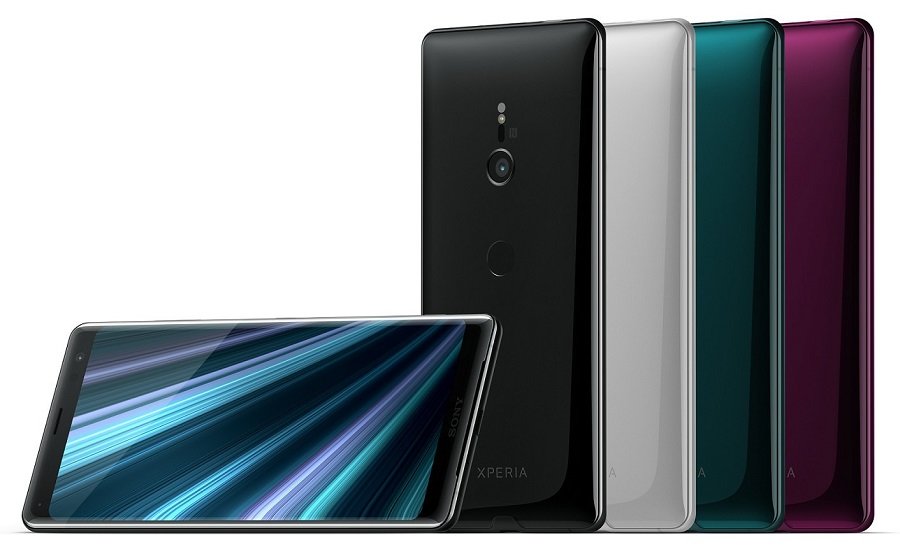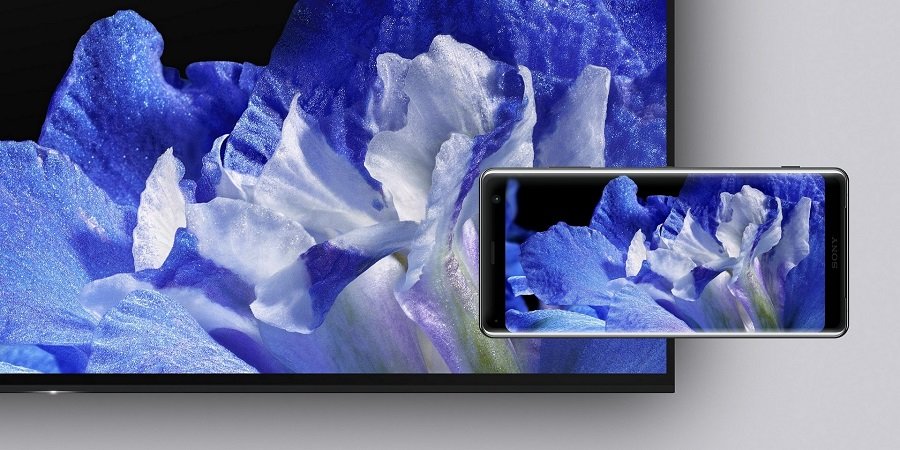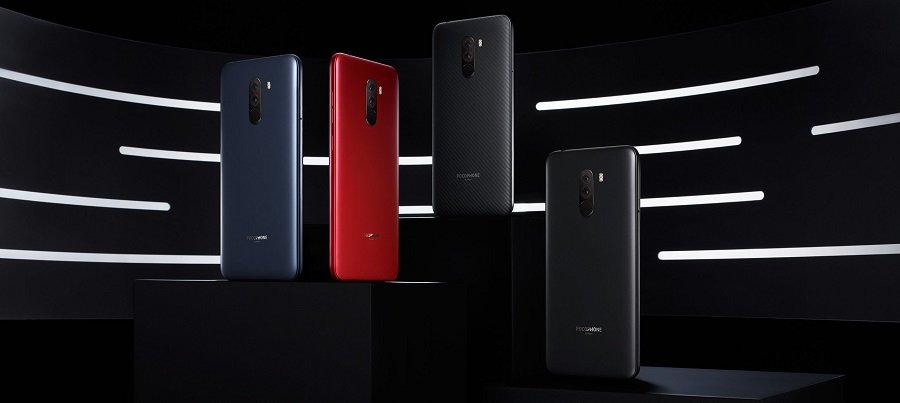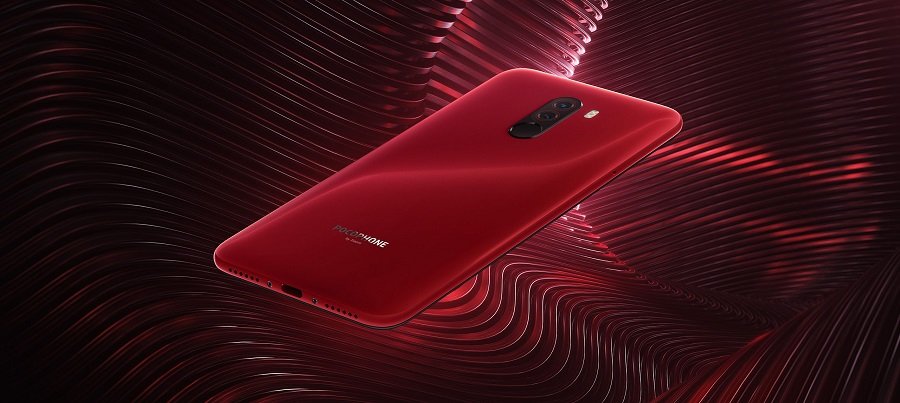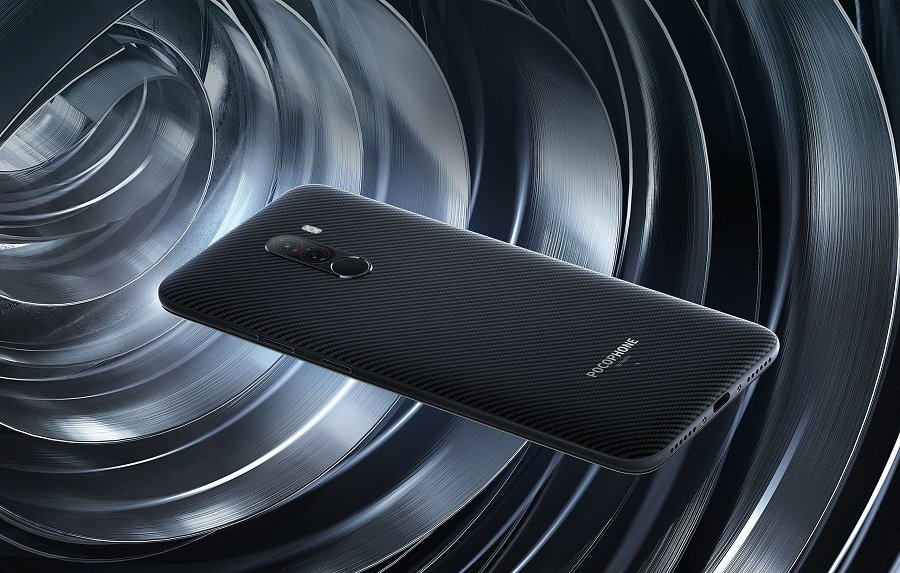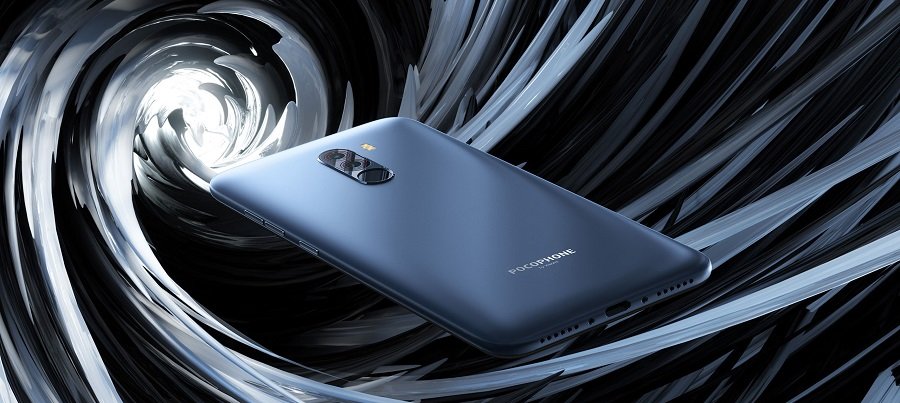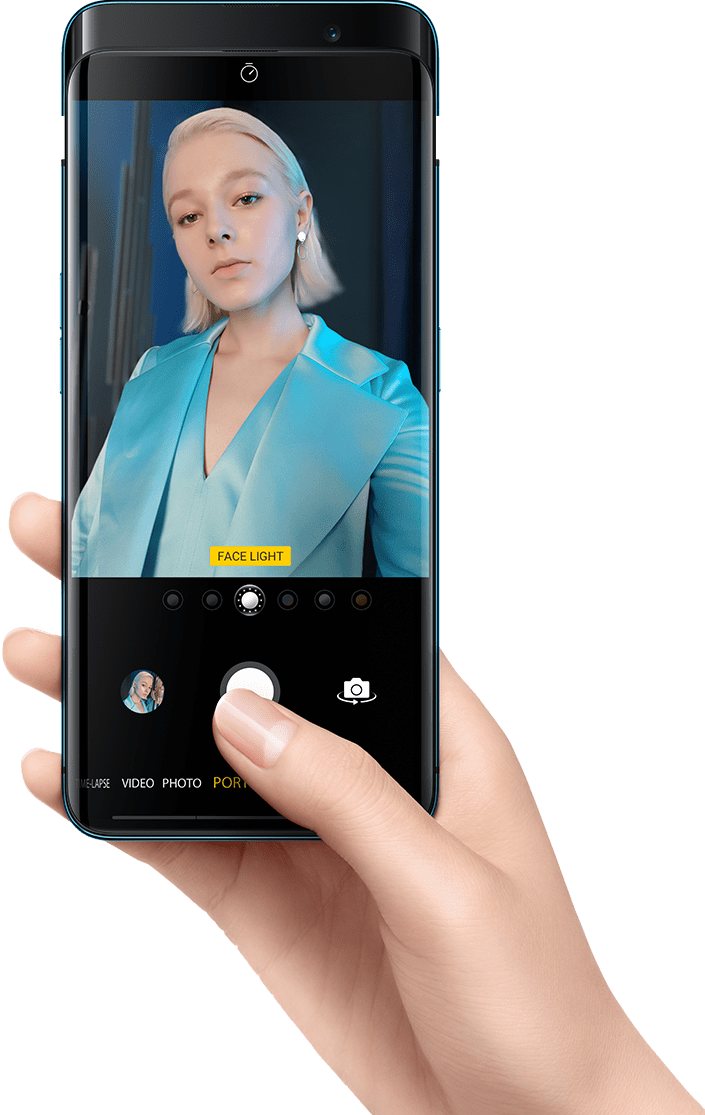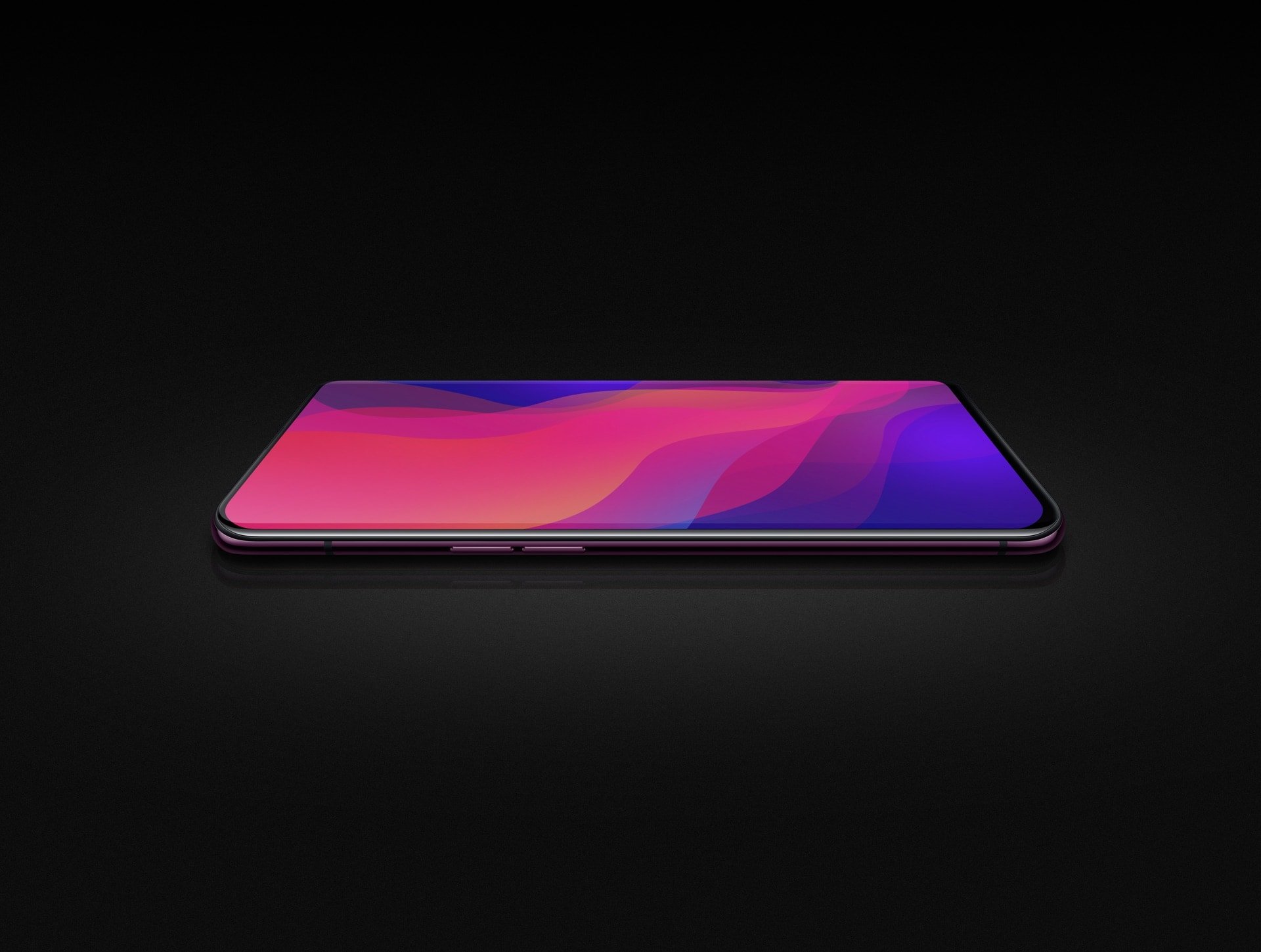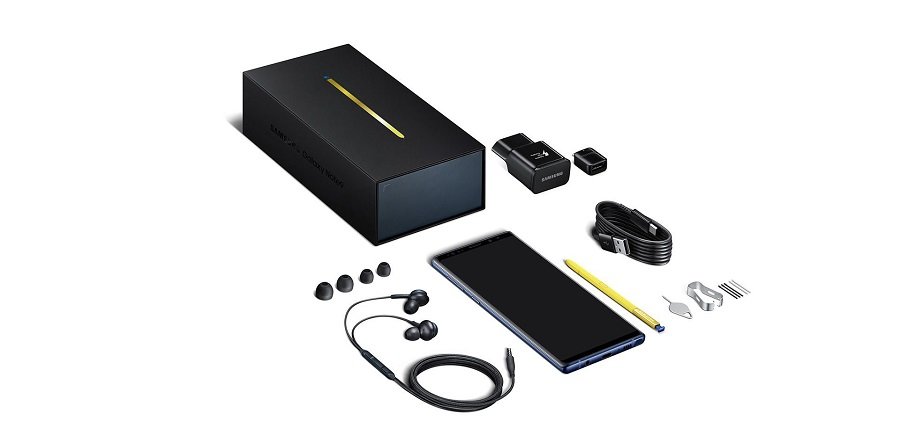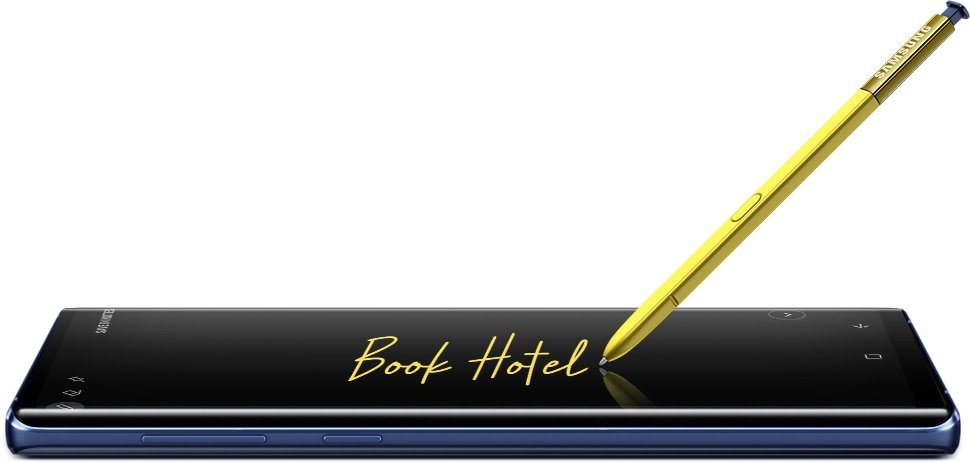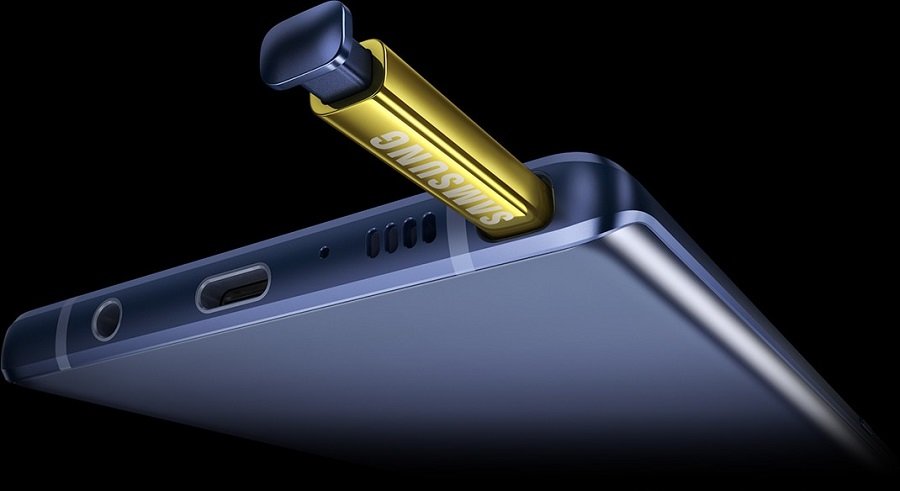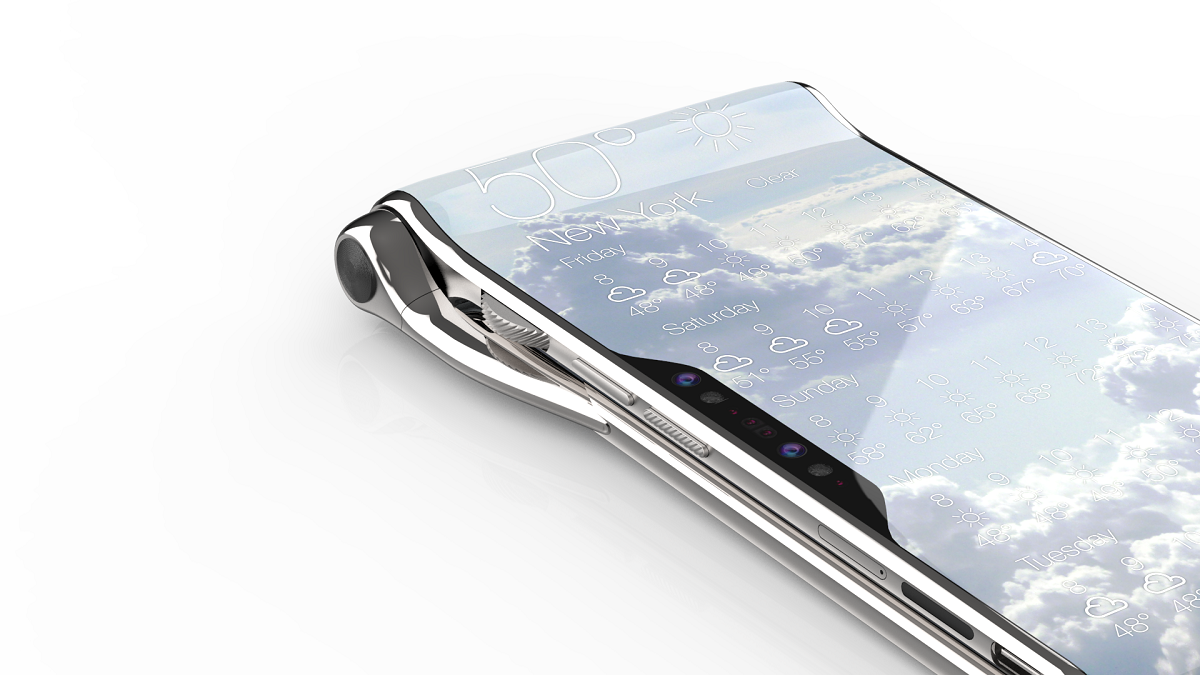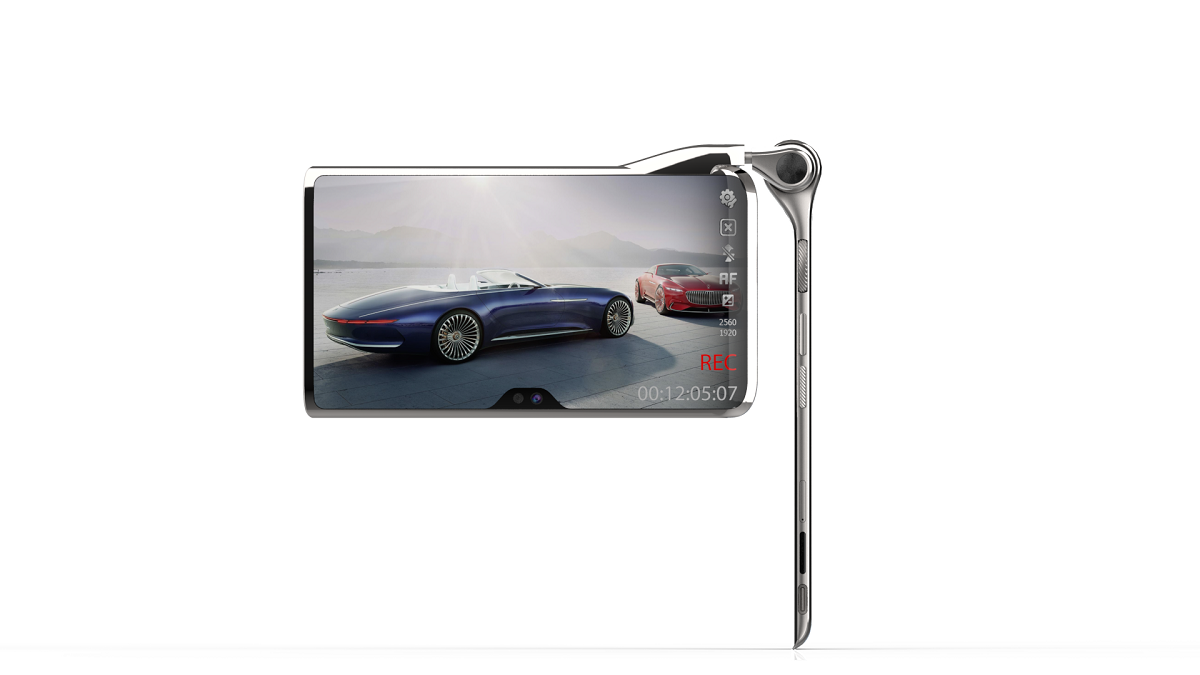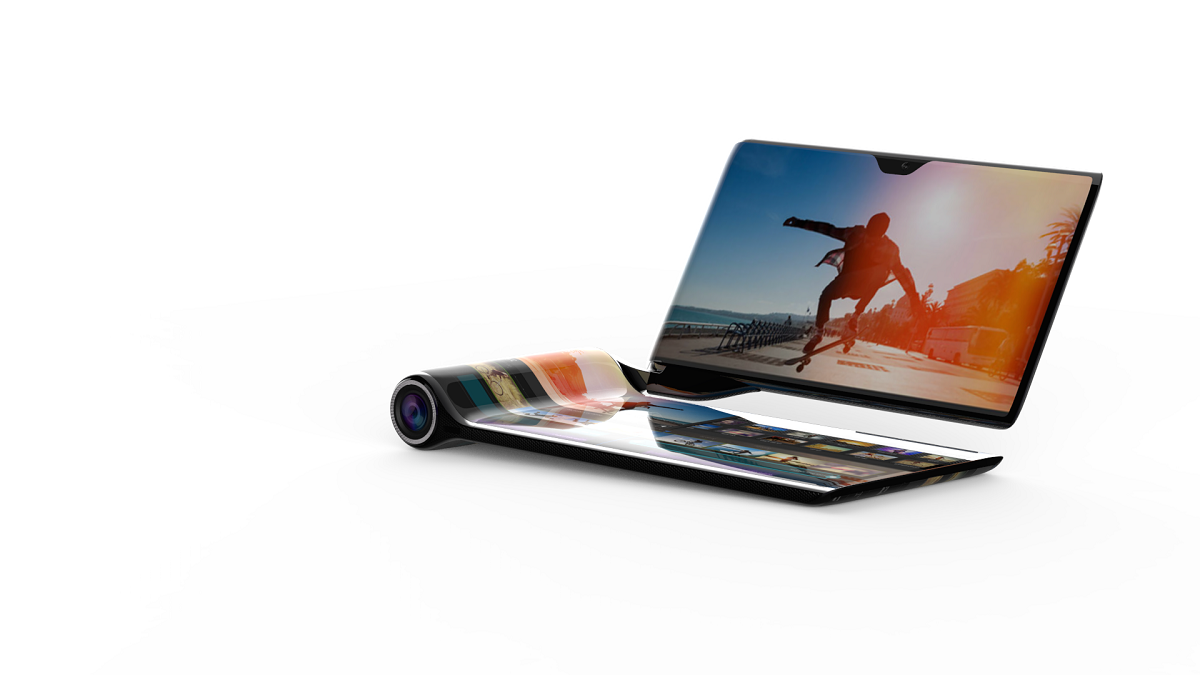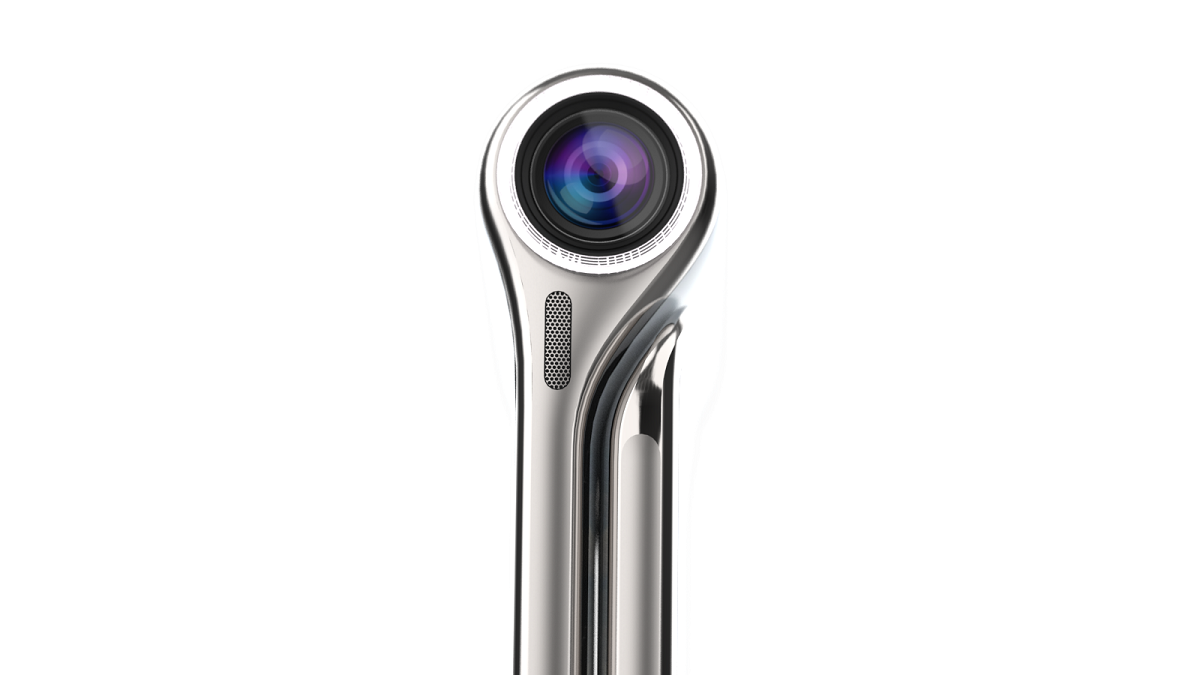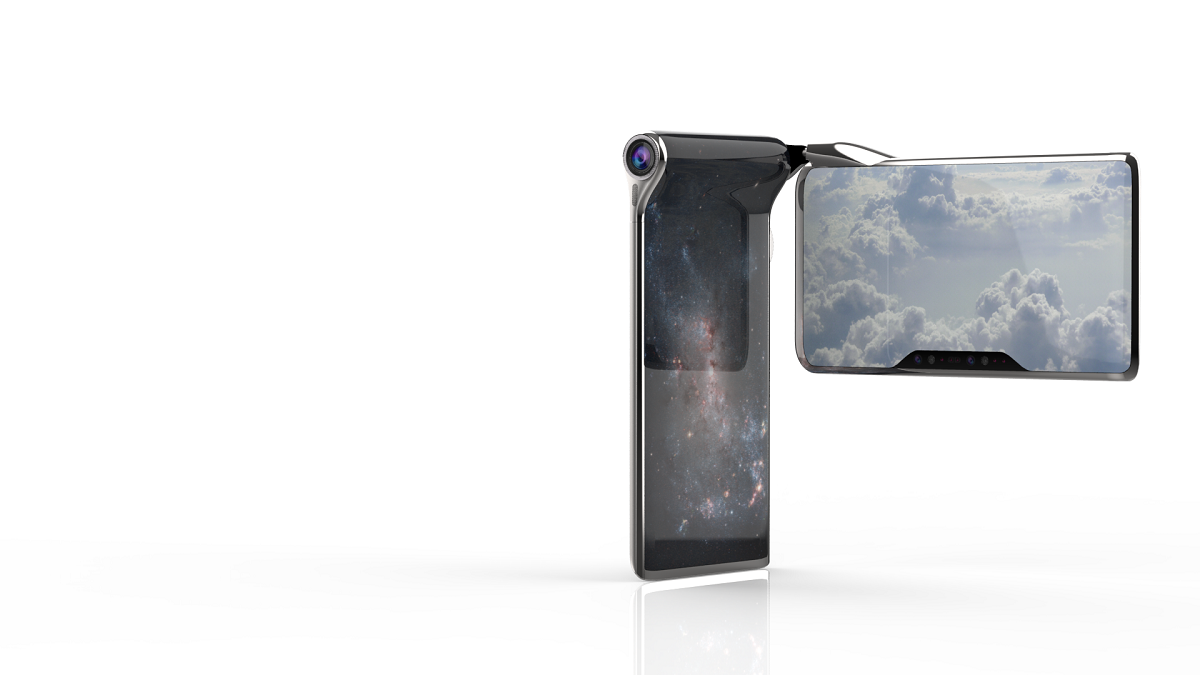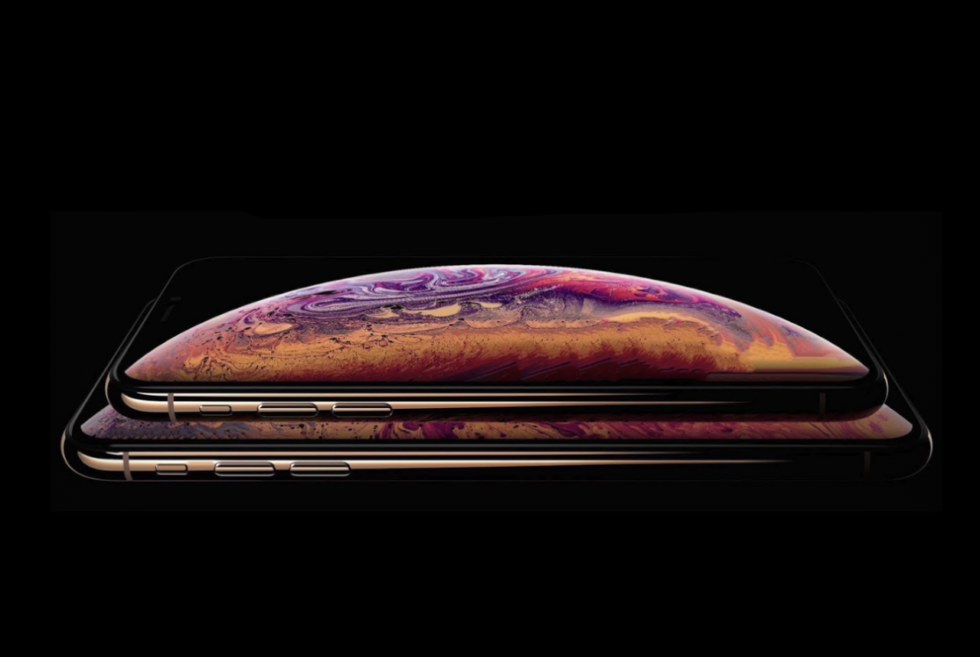Asus Zenfone 5Z
The notch continues as smartphone manufacturers follow the trend that Apple established. Nevertheless, we have to give credit to the company’s designers who came up with the spun metal finish found on most of its premium products. Just like a badge of quality, the Asus Zenfone 5Z flaunts the same concentric circles on its rear cover. It sits just below the scratch-resistant glass panel. You can get this upscale handset in two elegant shades: Meteor Silver and Midnight Blue.
A side-by-side comparison between the 5 and 5Z reveals that both look exactly the same. However, what makes a big difference lies deep within its luxurious enclosure. At its hearts lies a Qualcomm Snapdragon 845 paired with 8GB of RAM on the 256GB variant. Meanwhile, the 128GB and 64GB options get 6GB and 4GB respectively.
Ignoring the notch, that house its 8-megapixel front-facing camera and other sensors, you get a glorious 6.2-inch 2246 x 1080-resolution Super IPS+ display that bordered by slim bezels—the thickest part is located on the chin. Nevertheless, it’s a surprise to learn that it follows an odd 19:9 aspect ratio. Moreover, the touchscreen is protected by a 2.5 Corning Gorilla Glass sheet.
Audio is handled by two 5-magnet speakers with dual NXP Smart Amp technology for superior sound output. Music lovers will dig the Asus Zenfone 5Z’s Hi-Res audio support for lossless music bliss—the standard package even comes with a pair of ZenEar Pro Hi-Res earphones. The 3,300mAh battery charges via the USB Type-C port and offers BoostMaster quick charging tech. To keep your device safe from bumps and scratches, the manufacturer even throws in a clear soft bumper case in the box.

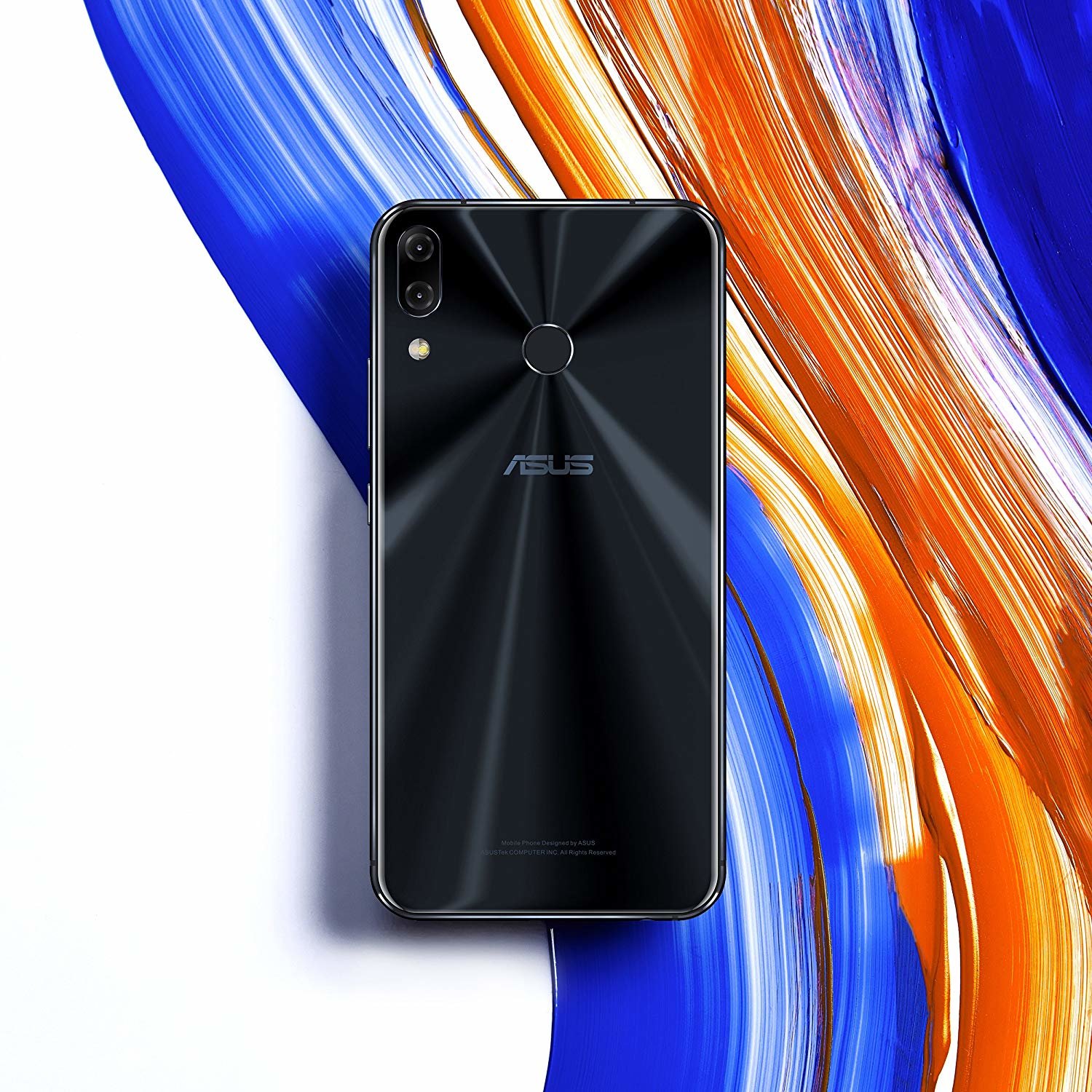
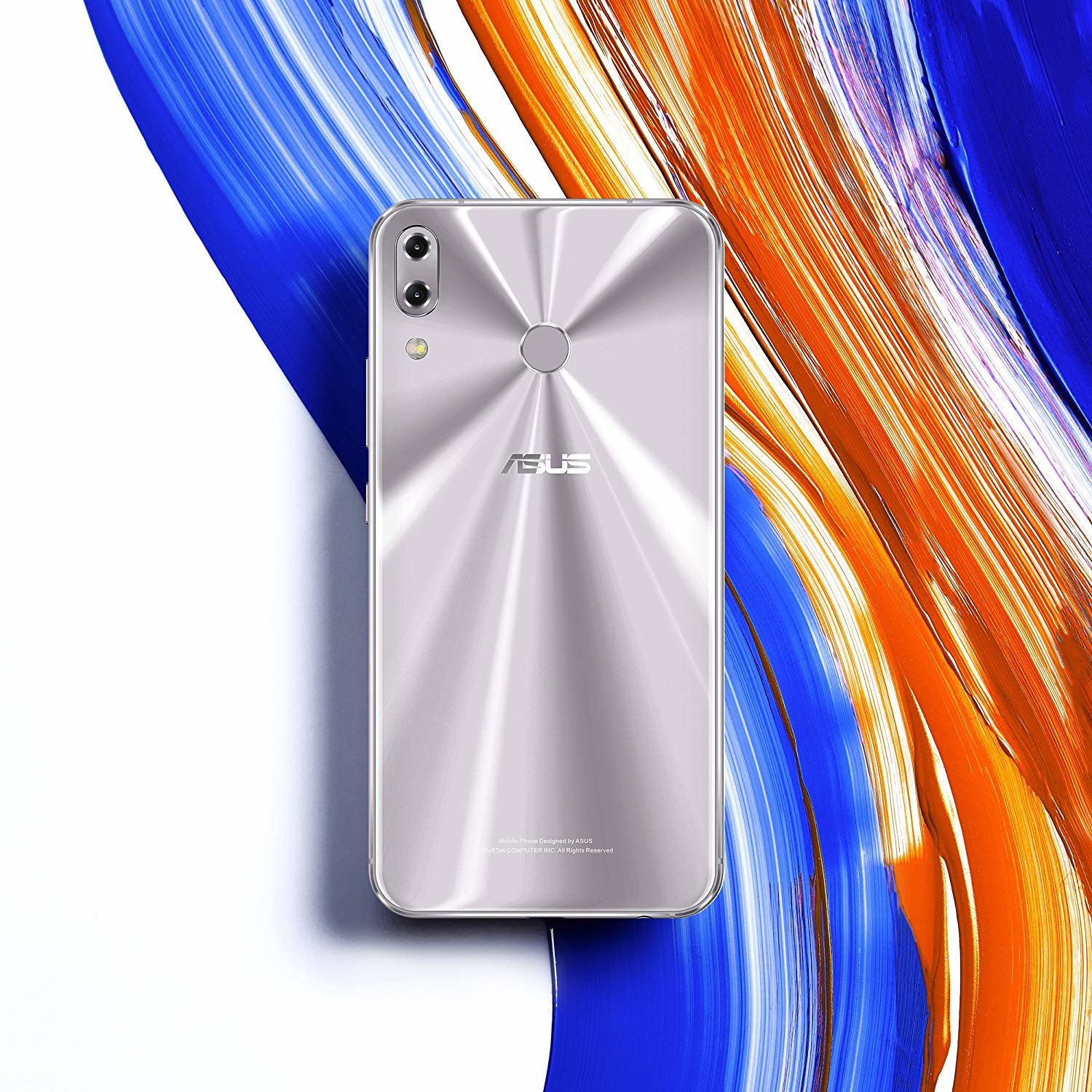
Photos courtesy of Asus


